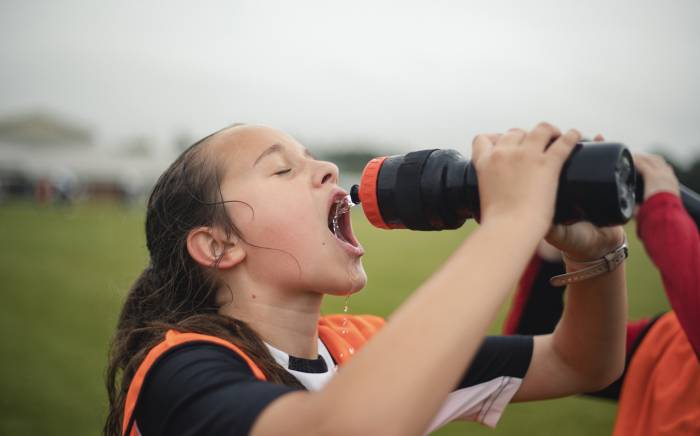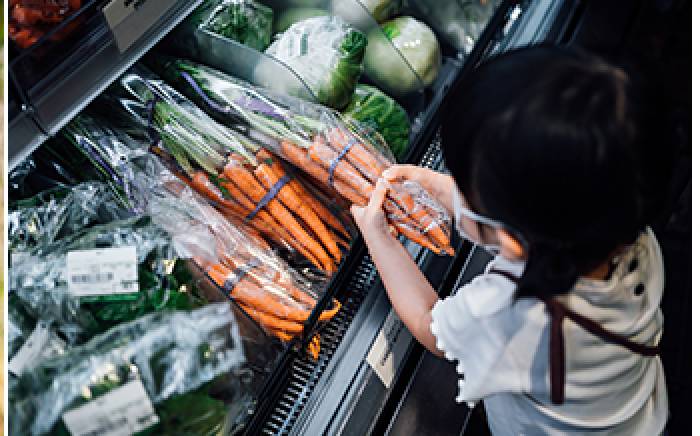Transitioning your child from baby food to solid table food can be messy. Use this guide to establish healthy meal habits early.
When should I introduce table food?
Like many early milestones such as walking and talking, every child will transition to solid food at a different age. If your toddler can sit up at the table, move food from his mouth into his throat and hold his head up, he’s probably ready to start trying solid foods.
“Around age one is the time when you can start giving children solid food, but it might take longer than that,” says Marilyn Tanner-Blasiar, MHS, RDN, LD, CDE, FAND, a Washington University dietitian at St. Louis Children’s Hospital.
How often should my toddler eat?
Keep your toddler on an eating schedule that allows her to snack and get hungry between meals, but don’t force your child to eat if she’s not hungry.
“Toddlers do a fantastic job of self-regulating—they’ll stop eating when they’re not hungry,” Tanner-Blasiar says. “Make sure you’re providing opportunities for your child to eat, but if your child naps through snack time, that’s fine.”
Where should my toddler eat?
Meals and snacks should always be given at the dining room or kitchen table with parents present. This promotes good eating habits and social development while making sure your toddler doesn’t choke without you around. Turn off the television and keep mobile devices away from the table to make sure your child’s focus is on the meal at hand.
How much should my toddler eat?
A plate of food for toddlers should look very similar to an adult’s plate but with smaller serving sizes. For example, a serving of bread may be half a slice instead of a full size.
“A serving the size of a child’s fist is typically a good place to start, but it’s okay if your child asks for more food after they finish,” Tanner-Blasiar says.
What should my toddler eat?
Though you probably won’t be serving carrot coins for breakfast, try to make sure that half of your child’s overall diet is made up of vegetables and fruits, while the other half is split between healthy proteins and grains. Instead of sugary juice boxes at snack time, opt for milk and other dairy products to round out your toddler’s diet. Also, be sure your child can chew and swallow the food you cook without difficulty.
“Even soft foods can get lodged on accident,” Tanner-Blasiar says. “It’s important to slowly transition from purees to chunks and bite-size pieces. Don’t rush it too much.”





